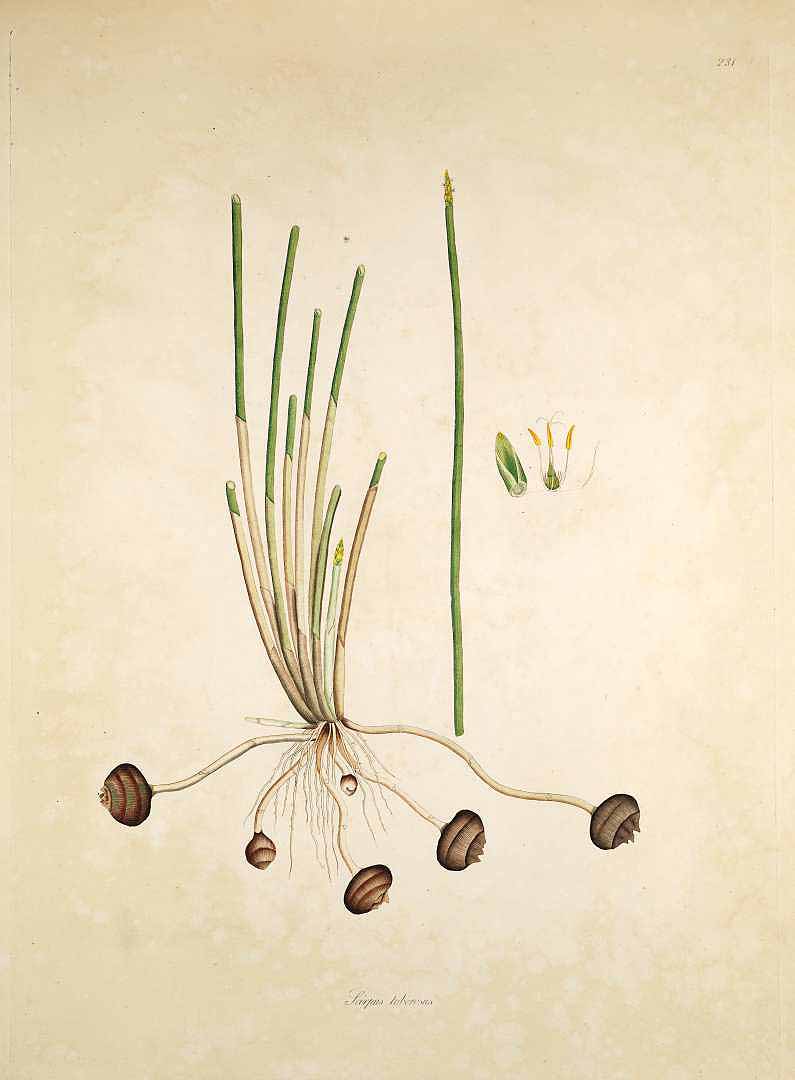! Nouveau site ici !
Vita > Plantae > Magnoliophyta > Liliopsida > Cyperales >
Cyperaceae > Eleocharis
Eleocharis dulcis
(Chataigne d'eau)

 | *** - *
| *** - *
Vita > Plantae > Magnoliophyta > Liliopsida > Cyperales >
Cyperaceae > Eleocharis
Eleocharis dulcis
(Chataigne d'eau)

Une herbe qui pousse dans l'eau. C'est un carex touffeté avec des tiges vertes rondes. Les bases sont recouvertes de gaines brunes. La tige mesure environ un mètre de haut et 1 cm de diamètre. Il pousse de 3... (traduction automatique)
→suite
⬀
Le  donne accès au menu
donne accès au menu (c'est votre point de repère) 😊 ;
En dessous vous avez la classification, à partir de la vie (Vita, premier rang) jusqu'à la classe au dessus de la plante, dont vous trouvez ensuite le nom scientifique/botanique (latin) puis le nom commun (français), le cas échéant ;
C'est aussi un lien vers la fiche complète (tout comme la ✖, en bas à droite, et le +, en dessous de la description) ;
Vient alors l'illustration (ou ce qui la remplace, en attendant), la comestibilité :
Et en bas
⬂



